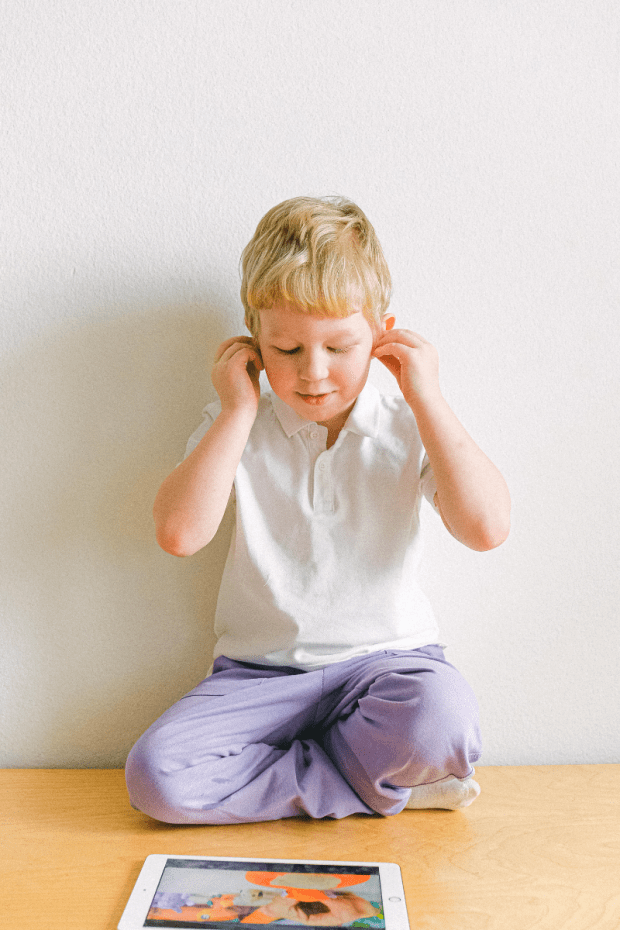With a summer overshadowed by COVID-19, parents are taking a hard look at how to make the right decisions regarding their kids’ increased reliance on screens— which are helping to maintain a sense of normalcy during this socially-distanced time— while also finding the right balance with other important activities. TV, streaming platforms, and app downloads have all seen notable increases in their use since the pandemic started, and children’s television viewing has also skyrocketed as parents across the world are increasingly turning to screens and technology to entertain and engage their kids.
The screen time parent guilt is real, and we're all doing what we can to survive, co-exist, and get stuff done while quarantined under one room indefinitely.
Screen time can be good. It can be educational and fun. But just like everything else in the world, too much of a good thing is never ideal. That's why, as parents, we need to cut ourselves some slack while also being choosy about the screens we allow our children in front of.
Here are some tips to guide you in your ever-changing policy (no judgment -- we're all in this together.)

- Not all screen time is created equal. It’s important for parents to assess how their child is spending their screen time with this in mind. Consuming content to gain information and get creative, as well as collaborating or socializing with their peers, is a great way for kids to maintain connections and continue learning during this unique time. However, time spent playing non-educational video games and watching mindless TV should be more closely monitored.
- Designate specific times the entire family unplugs. To avoid battles, it’s best to establish and communicate boundaries before your children start using devices, and sticking to those limits as much as possible. Children, especially younger ones, often crave structure, especially during unpredictable times. It’s still good, for instance, for everyone to eliminate screen use for at least one hour or two before bedtime to avoid impacting sleep cycles.
- Make sure screen time consumption is done healthily. Parents may want to consider having their children use blue screen glasses or switching their computer display screen settings to make sure their eyes are protected from harmful blue light. It’s also a good idea to ensure kids don’t sit too close to the screen, get up for a break at least once an hour, and sit with good posture while on the computer for hours on end doing schoolwork.
- Come up with a plan that makes sense for your children. As a parent, you know your child better than anyone else and are therefore the best person to decide what and how much media use is the right amount. Remember that screens are no longer the enemies of social interaction, learning, and productivity. Rather, they are enabling people around the world to work and learn and communicate with others during this uncertain time. The real enemies of healthy development in children are the same as adults: a sedentary lifestyle, social isolation, and distractions from schoolwork and learning. Using screens too much can contribute to all of these problems – but they can also counter them.
This is not a sponsored post. Tips and information on healthy screen time habits via www.brainly.com/insights.
Want more from Momtrends?
1. What Parents Working From Home Can Learn From Their Children
